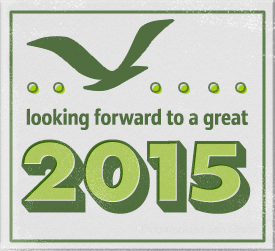 2014 has been an exciting year for IISG. New partnerships were forged, major projects were launched, and existing programs continued to grow. As we head towards another new year, let’s take a look back at some of the highlights of the last 12 months.
2014 has been an exciting year for IISG. New partnerships were forged, major projects were launched, and existing programs continued to grow. As we head towards another new year, let’s take a look back at some of the highlights of the last 12 months.
–More than $300,000 was awarded to three research projects that will improve understanding of the Lake Michigan nearshore food web, uncover connections between sediment removal projects and a community’s ability to weather environmental hazards, and identify why people adopt stormwater management practices.
–The Great Lakes Social Science Network gave researchers, natural resource managers, weather forecasters, and educators the information they need to ensure safety and planning messages meet the needs of local communities.
–Illinois Governor Pat Quinn announced a $1.1 million investment in Blue Island to expand and improve stormwater management efforts that began in partnership with IISG.
–Great Lakes Monitoring made it possible for researchers to analyze decades of high-quality monitoring data from across the region in minutes.
–Illinois EPA and the state Department of Agriculture released a plan to reduce the nutrient pollution behind the Gulf ‘Dead Zone.’
A big thanks to all of the partners and collaborates that made these and other 2014 successes possible!


